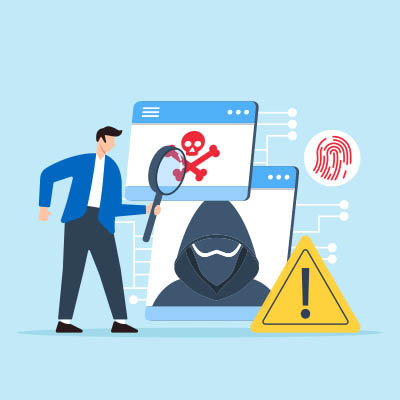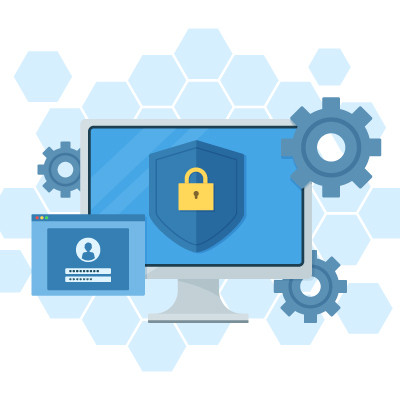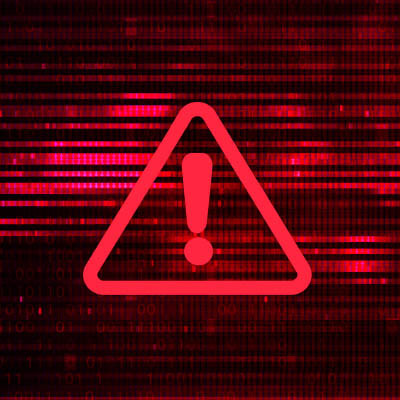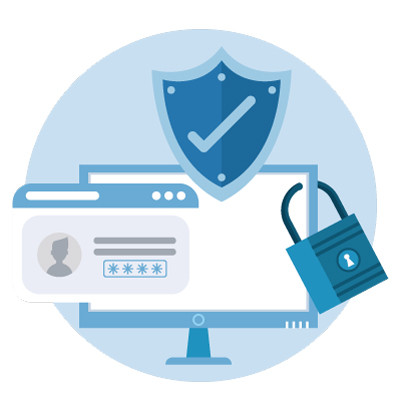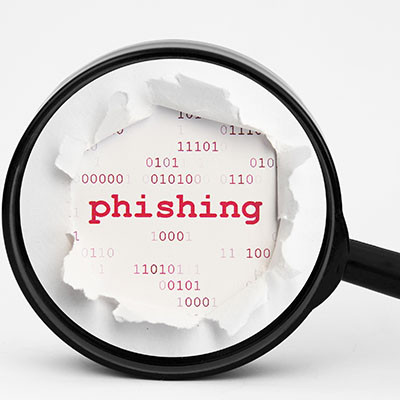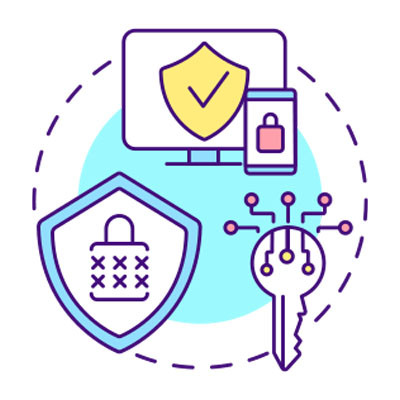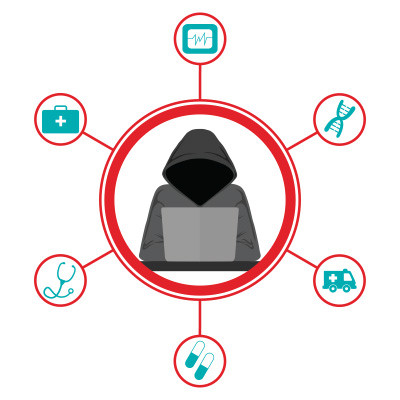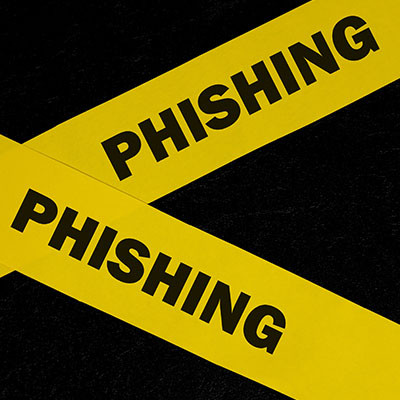Following the heinous attacks that caused the Twin Towers to fall in New York on September 11, 2001, you heard about terrorism every single day for years. The “War on Terror” waged for over a decade toppled multiple governments and set a precedent that terrorists will be relentlessly pursued. While there have been a few massive terrorist events that have shocked the world in the subsequent years after 9/11, cyberspace has become one of the biggest battlegrounds. Today, we’ll briefly discuss the rise of cyberterrorism.
Accucom Blog
Phishing attacks are the most common security risk your business faces, and if you’re not careful, you (or your employees) could fall victim to them with ease. All it takes is clicking on the wrong link or downloading the wrong file, and boom, your business is dealing with a full-blown security breach. To prevent this, we want to cover some of the major signs you’re dealing with a phishing message and what you can do about it.
We frequently recommend using a password manager to help keep track of your credentials, given that you only use a standalone password manager—one that isn’t tied to a browser. Why the distinction?
It’s simple: it’s all in the interest of security, which means it is a rule that must be followed regardless of what browser you use.
If your business were breached by a cybercriminal, would you be able to figure out what caused the breach in the first place? If you don’t know the answer to this question, we have news for you—you’re far from the only one. A recent survey has shown that most security leaders (67% of those surveyed) don’t know what caused a cybersecurity incident, and it’s a problem that must be addressed.
"I don’t need to worry about cybersecurity… my business is too small to be in the crosshairs of hackers."
This is one of the most dangerous mistakes a small business can make when it comes to cybersecurity. If you think this way, it shows you might not understand how modern cyberthreats work. Let’s break it down and show you why this mindset can be risky.
Problems with cybersecurity can really sink your business. Unfortunately, more opportunists are out there today looking to profit off of business’ lack of vigilance. One example of this are large-scale scam operations that have been running in Southeast Asia, and they are now spreading to other parts of the world. These scams, called "pig butchering" scams, have caused major harm, with around $75 billion lost worldwide in 2023.
Sextortion scams are far from glamorous. These attacks involve a scammer claiming to have compromising photos or videos of their target engaged in explicit activities—often suggesting this footage was captured through their online behavior. The scammer then threatens to release this material unless a ransom is paid.
You’ve more likely than not purchased a ticket through Ticketmaster at some point in your lifetime, so you might be interested to find out that Live Nation Entertainment—Ticketmaster’s parent company—has had to file an 8-K with the Security and Exchange Commission to admit that 1.3 terabytes of data had been hacked. The result is that more than 560 million customers’ personal information was stolen from company servers.
Password management is always a sticking point for businesses (and even individuals), but it doesn’t have to be as hard as you make it. With the increased risk of cybersecurity attacks and advanced threats, you cannot rely on one singular password as you may have once done. Instead, you need complex passwords housed in a password manager that makes remembering your passwords significantly easier.
It’s hard to tell people that “we are under attack” all the time and actually mean it. There are a couple of reasons for this. First, the more you tell people they are under threats that don’t actually affect them, the more distrust or even disdain develops for the issuer of these revelations. Second, people will never actually understand that they are under threat until something happens that proves to them that they need to be more careful.
Concerns over operational expenses, particularly regarding technology, weigh heavily on many business owners. For some, these expenses can spiral out of control, leading to financial problems in vital areas of the organization. Every business needs to ask how it can rectify its IT spending to bring on a culture of overall improvement.
One of the most dangerous types of threats is the many phishing scams you and your employees could fall victim to. While it might be tempting to poke fun at the people who succumb to seemingly obvious phishing attacks, the reality of the matter is that some phishing attacks are anything but, and they are only growing more sophisticated over time.
Data security is an ongoing challenge, given the evolving tactics of hackers and scammers. IT administrators face a complex situation as these threats become more sophisticated. Employing security measures such as multi-factor authentication (MFA) or two-factor authentication (2FA) has emerged as an effective means to enhance organizational data protection. In this discussion, we will go into the advantages of this approach while acknowledging its limitations in providing comprehensive security.
Hackers and scammers are everywhere and are continuously littering your business with situations that could put its operations in jeopardy. One of the most hacked industries is healthcare, as hackers make a point at going after patient information. Let’s go through some of the reasons why hackers find health data so attractive.
What happens when the tools designed to keep organizations safe from network breaches, are the victim of a cyberattack? After all, these tools are just applications, albeit sophisticated pieces of security software, they can run the risk of being exploited much in the same way any other software is. This is exactly what happened to cybersecurity giant Barracuda as it was the victim of a zero-day exploit. Let’s take a look at the hack and how you can protect your business from sharing the same fate.
A modern network, when properly configured and protected with modern cybersecurity tools, can be extremely secure. Since that’s been the trend for some organizations over the years, hackers have been looking for ways around the security many businesses have in place. If hackers can’t break in through normal means, they will turn to other, more insidious methods, like phishing attacks, to get what they are after.
Phishing is a pressing issue for everyone, not just businesses. The main problem is that the phishing messages keep getting more and more sophisticated and keep coming and coming until, eventually, something negative happens. For this week’s tip, we wanted to discuss the different types of phishing you can encounter.


